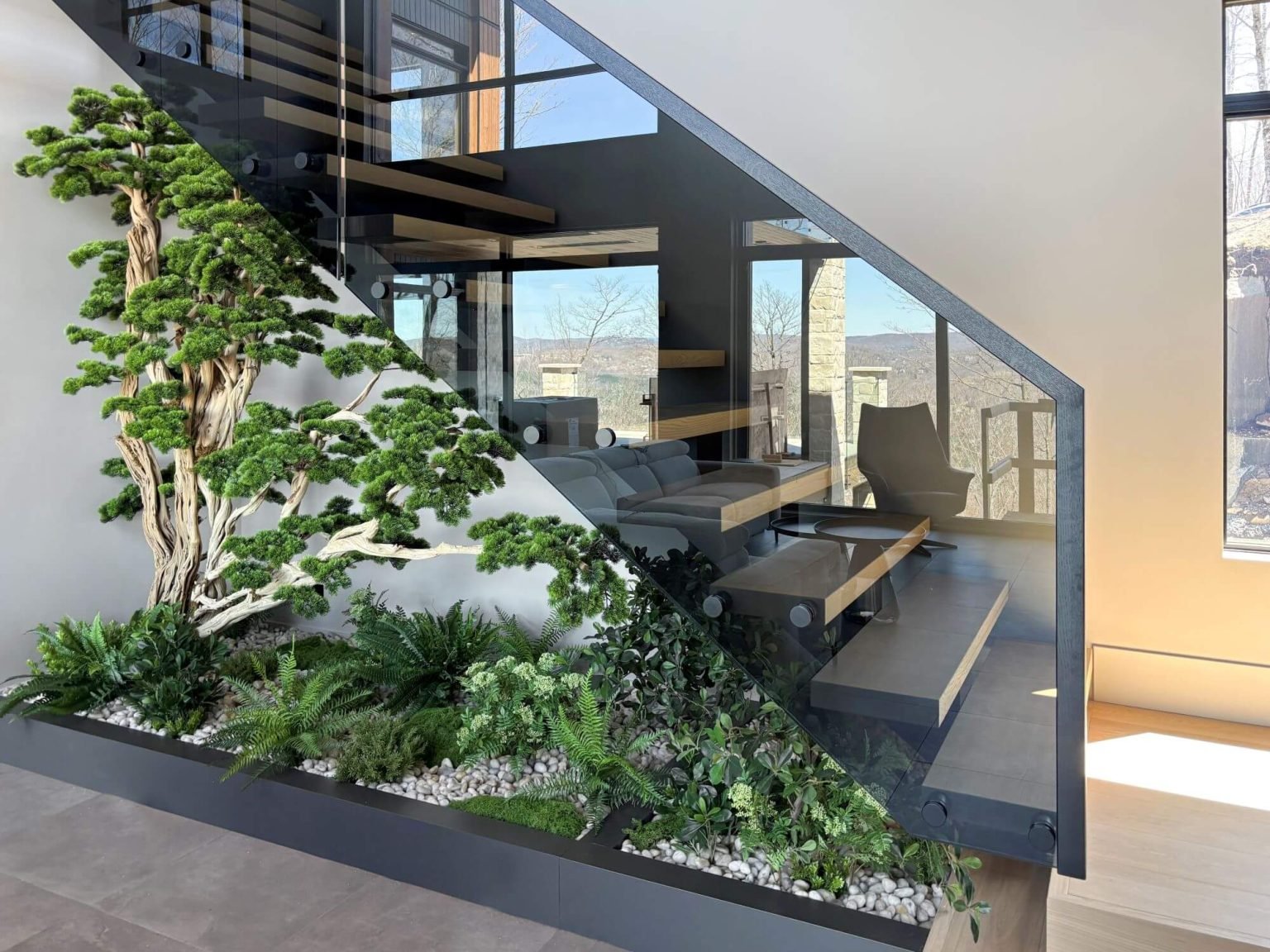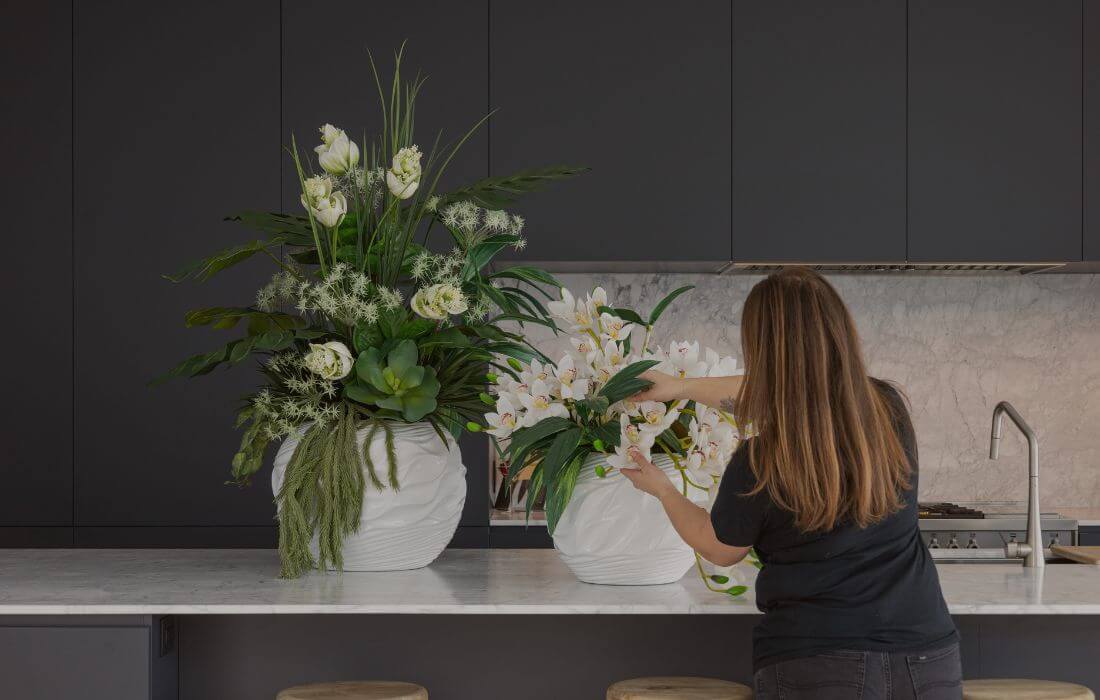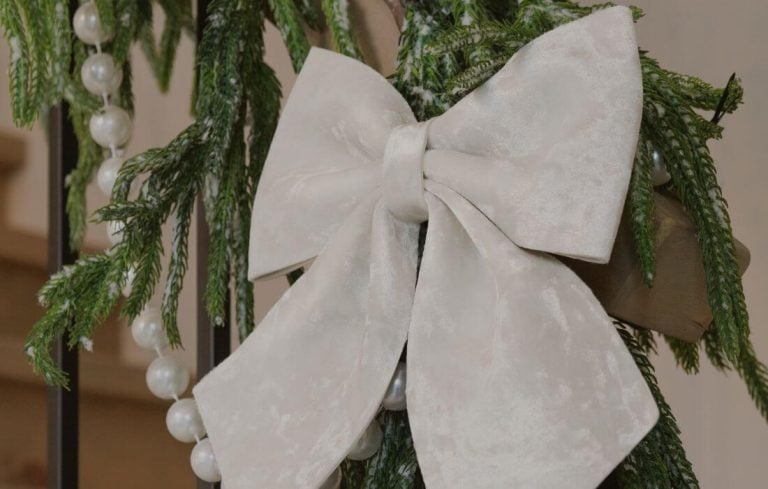In a world where design meets nature, silk plants offer the perfect blend of elegance and ease. Transform your space with these captivating faux flora, which not only enhance your home’s aesthetic but also require minimal upkeep. Whether you’re looking to introduce a splash of greenery to a cozy corner or create a striking centerpiece, silk plants can elevate your decor without the worry of wilting leaves. This ultimate guide will navigate you through choosing the perfect silk plants to fit your style and space, along with essential care tips to keep them looking vibrant year after year. Say goodbye to the stress of real plants and hello to a flourishing indoor oasis that always looks its best. Get ready to unleash your creativity and discover how silk plants can breathe new life into your environment!
What is a silk plant?
A silk plant is a high-quality artificial plant designed to perfectly mimic the appearance of natural plants. Despite what the name suggests, it is not made from real silk, but rather from synthetic fabrics such as polyester, sometimes combined with plastic or latex for an even more realistic result. These materials make it possible to replicate the fine details of leaves, stems, and flowers with an impressive finish, both to the eye and to the touch.
Silk plants are therefore a long-lasting, maintenance-free decorative solution—ideal for those who want to enjoy the beauty of greenery without the hassle of watering, sunlight, or daily care.
Benefits of Using Silk Plants in Home Decor
Silk plants have become increasingly popular in home decor, and it’s easy to see why. One of the primary benefits is their low maintenance. Unlike real plants that require regular watering, sunlight, and care, silk plants thrive without any of these necessities. This makes them an excellent choice for individuals with busy lifestyles or those who may not have a green thumb. You can enjoy the beauty of lush greenery without the constant worry of keeping them alive.
Another significant advantage of silk plants is their durability. High-quality silk plants are designed to withstand the test of time, maintaining their vibrant appearance for years. They are not subject to the same vulnerabilities as real plants, such as pests, diseases, or seasonal changes. This longevity ensures that your investment in silk plants continues to pay off, providing consistent aesthetic appeal without the need for replacement.
Silk plants also offer incredible versatility in design. Available in an array of shapes, sizes, and colors, they can be tailored to fit any decor style, from modern minimalism to classic traditionalism. Whether you’re looking to add a touch of greenery to your office, living room, or bathroom, silk plants can seamlessly blend into any setting, enhancing the overall ambiance of the space. Their adaptability makes them a perfect choice for any room in your home.

How to Choose the Right Silk Plants for Your Space
Choosing the right silk plants for your space involves considering several factors, including the size of the room, the existing decor, and your personal style preferences. Start by evaluating the dimensions of the area where you intend to place the plants. Larger rooms can accommodate bigger, more dramatic plants like faux olive trees or banana trees, while smaller spaces may benefit from small options like succulents or bonsai trees. Matching the scale of the plant to the room ensures a harmonious balance and prevents the decor from feeling overwhelming.
Next, take into account the color scheme and overall aesthetic of your home. Silk plants come in various shades of green, as well as options with colorful blooms. Choose plants that complement or contrast with your existing decor to create visual interest. For instance, if your room features neutral tones, a silk plant with vibrant flowers can serve as a focal point. Conversely, if your decor is already quite colorful, opting for greenery with subtle hues can provide a soothing balance.
Finally, consider your personal style and how the plants will fit into your daily life. If you prefer a minimalist look, sleek and simple plants like snake plants or bamboo trees can enhance your space without overwhelming it. For those who love a more eclectic vibe, mixing different types of silk plants can create a lush, tropical feel. By aligning your choices with your taste and lifestyle, you can ensure that your silk plants truly enhance your home.
Popular Types of Silk Plants and Their Features
There are numerous types of silk plants available, each with unique features that can add character and charm to your home. One popular option is the silk palm tree. Known for its tall stature and feathery fronds, a silk palm can bring a touch of the tropics to any indoor space. These plants are especially effective in creating a bold statement in living rooms or entryways, where their impressive height can be fully appreciated.
Another favored choice is the silk fiddle leaf fig. With its large, glossy leaves, this plant is perfect for adding a modern, sophisticated touch to your decor. The fiddle leaf fig’s striking appearance makes it an ideal candidate for focal points in rooms that need a touch of greenery without overwhelming the existing design elements. Its broad leaves also create an interesting texture that can complement both contemporary and traditional interiors.
Silk succulents are also highly sought after due to their compact size and unique shapes. These plants are perfect for adding a bit of greenery to small spaces like shelves, desks, or bathrooms. Available in various forms, from rosettes to trailing varieties, silk succulents can be grouped together to create a charming arrangement or placed individually for subtle touches of nature. Their versatility and low maintenance make them a favorite among plant enthusiasts and decor lovers alike.

Placement Tips for Silk Plants in Different Rooms
The placement of silk plants can significantly influence the overall ambiance of a room. In the living room, consider using large plants like ficus trees or birds of paradise to fill empty corners and add height to the space. Placing a tall plant beside the sofa or in an empty corner can create a balanced and inviting atmosphere. Smaller silk plants, such as succulents or bonsai, can be placed on coffee tables or shelves to add a touch of greenery at eye level.
For the kitchen, silk herbs or small potted plants can be an excellent choice. Place them on window sills, countertops, or open shelves to add a fresh, vibrant touch to the space. The presence of greenery in the kitchen can create a more welcoming and lively environment, making it an enjoyable place to cook and gather. Additionally, silk plants in the kitchen can break up the monotony of appliances and cabinetry, adding visual interest.
In the bedroom, silk plants can contribute to a serene and relaxing atmosphere. Consider placing a small plant on your nightstand or dresser to add a calming touch to your personal sanctuary. Hanging plants or trailing varieties can also be used to create a cozy, enveloping feel. The addition of greenery in the bedroom can promote relaxation and help you unwind after a long day, making it a perfect retreat.
Caring for Your Silk Plants: Cleaning and Maintenance
While silk plants require significantly less maintenance than real ones, they do need occasional care to keep them looking their best. Dust can accumulate on the leaves, dulling their appearance over time. To clean your silk plants, start by gently dusting them with a feather duster or a soft cloth. This can help remove surface dust and keep the plants looking fresh and vibrant.
For more thorough cleaning, you can use an artificial plant cleaner especially in hard-to-reach areas. Avoid soaking the plant, as too much moisture can alter its shape and color.
In addition to cleaning, periodic maintenance is essential. Over time, silk plants may need to be reshaped or adjusted to maintain their natural look. Gently bending the stems and leaves back into place can help the plant retain its form. If any parts become damaged, they can often be easily replaced or repaired. By taking these simple steps, you can ensure that your silk plants remain a beautiful and integral part of your home decor for years to come.

Common Mistakes to Avoid When Using Silk Plants
One frequent error is choosing low-quality silk plants. Going for cheaper, poorly made plants can result in an artificial and unappealing look. Investing in high-quality silk plants ensures a more realistic appearance and greater durability. Quality plants are crafted with attention to detail, using materials that mimic the texture and color variations found in real foliage.
Another mistake is overcrowding a space with too many plants. While it’s tempting to fill your home with lush greenery, too many plants can create a cluttered and overwhelming environment. Instead, strategically place a few well-chosen plants to enhance the decor without overpowering it. Consider the scale and proportion of each plant in relation to the room to achieve a balanced and harmonious look.
Neglecting to clean and maintain silk plants is another common oversight. Dust and grime can accumulate over time, diminishing the plants’ vibrancy and realism. Regular cleaning and occasional maintenance are essential to keep your silk plants looking their best. By avoiding these common mistakes, you can ensure that your silk plants remain a stylish and enduring part of your home decor.
Enhancing Your Decor with Silk Plants: Styling Ideas
Silk plants offer endless possibilities for enhancing your home decor. One creative idea is to use silk plants as part of a tabletop centerpiece. Combine different types of plants, such as succulents, ferns, and flowering varieties, in a decorative tray or bowl. This arrangement can add a fresh, dynamic element to your dining or coffee table, making it a conversation starter for guests. Incorporating candles or decorative stones can further elevate the centerpiece’s aesthetic.
Another stylish approach is to create a green wall or vertical garden using silk plants. This can be achieved by mounting a variety of plants on a wall panel or using hanging planters. A green wall can serve as a stunning focal point in a living room or hallway, adding depth and texture to the space. The use of silk plants ensures that the installation remains low-maintenance while providing a lush, vibrant look year-round.
Silk plants can also be used to frame architectural features in your home. Smaller plants can be used to accentuate shelves, mantels, or windowsills, adding layers of greenery that enhance the overall decor. By thoughtfully integrating silk plants into your design, you can create a cohesive and inviting environment that reflects your personal style.

Comparing Silk Plants to Live Plants: Pros and Cons
When deciding between silk plants and live plants, it’s essential to weigh the pros and cons of each. One of the most significant advantages of silk plants is their low maintenance. They do not require watering, sunlight, or regular care, making them ideal for individuals with busy schedules or those who travel frequently. Silk plants are also hypoallergenic, which is beneficial for people with allergies to pollen or certain types of foliage.
However, live plants offer unique benefits that silk plants cannot replicate. Real plants can improve indoor air quality by absorbing carbon dioxide and releasing oxygen. They can also increase humidity levels, which can be beneficial for skin and respiratory health. Additionally, caring for live plants can be a therapeutic activity, providing a sense of accomplishment and connection to nature.
On the downside, live plants require ongoing care and attention. They are susceptible to pests, diseases, and environmental changes, which can affect their health and appearance. Silk plants, on the other hand, remain consistently vibrant and are not subject to the same vulnerabilities. Ultimately, the choice between silk and live plants depends on your lifestyle, preferences, and the specific needs of your home.
Incorporating silk plants into your home decor offers a beautiful and practical way to enhance your living environment. Their low-maintenance nature, durability, and versatility make them an excellent choice for any space. By carefully selecting and placing silk plants, you can create a lush, inviting atmosphere that reflects your personal style. Regular cleaning and maintenance will ensure that your plants remain vibrant and lifelike for years to come. With a wide variety of silk plants available, from towering palms to delicate succulents, you can find the perfect options to complement your decor. Avoid common mistakes, such as overcrowding or choosing low-quality plants, to maximize the impact of your greenery. Explore creative styling ideas, like tabletop centerpieces or green walls, to add unique touches to your home. Whether you opt for silk or live plants, the addition of greenery can transform your space, creating a more welcoming and aesthetically pleasing environment. Embrace the elegance and ease of silk plants and enjoy a flourishing indoor oasis that always looks its best. Elevate your home decor with the timeless beauty of silk plants and experience the transformative power of nature-inspired design.










